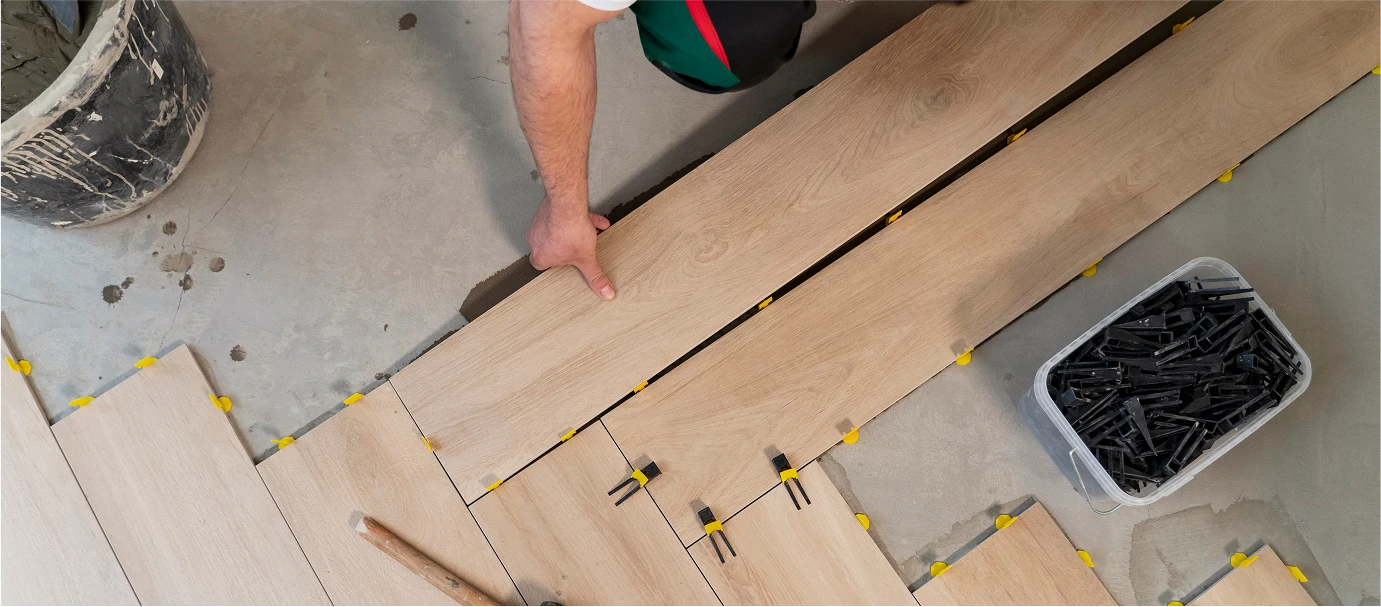
Tools for Installing Flooring Remnants
Installing flooring remnants can be fast and affordable - but only if you''re working with the right tools. Whether you're a DIY homeowner or a professional contractor, having the proper equipment on hand helps prevent mistakes, reduce material waste, and ensure your final result looks clean and lasts.
Different flooring materials require different tools. From trimming carpet to locking vinyl planks or applying grout, each type of flooring has its own set of installation needs. This guide walks you through the must-have tools for every major flooring category so you can plan ahead, install with confidence, and get the job done right. If you're still choosing a material, visit our How to Choose Flooring Remnants guide.
Universal Tools Every Installer Should Have
No matter what type of flooring you''re installing, a solid base kit of tools will make the job easier, cleaner, and more accurate. These universal tools come in handy for measuring, cutting, marking, cleaning, and staying safe throughout the process:
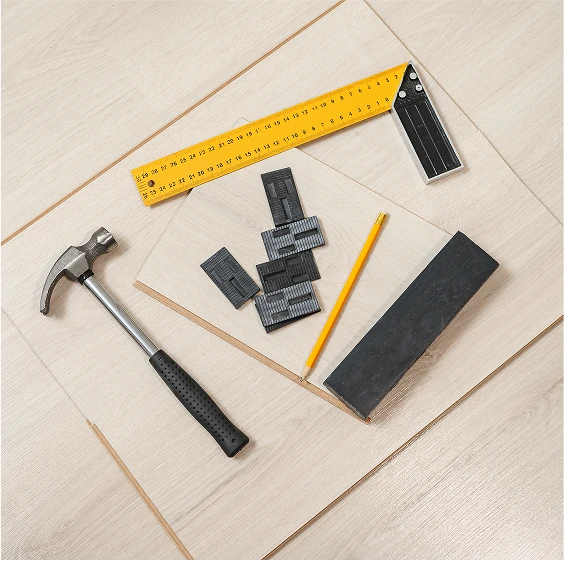
- Tape Measure - Essential for accurate room dimensions, plank placement, and layout adjustments.
- Utility Knife - Ideal for trimming carpet, vinyl, underlayment, and other flexible materials.
- Pencil or Marker - Use for marking cut lines on planks, tiles, or templates.
- Straight Edge or Square - Helps ensure precise, clean cuts and proper layout alignment.
- Safety Gear - Knee pads, work gloves, and safety glasses protect you during long or complex installs.
- Shop Vacuum or Broom - A clean subfloor is crucial. Dust, debris, or leftover nails can affect adhesion and cause imperfections.
Having these tools ready before you begin saves time and helps ensure your flooring remnant install goes smoothly - regardless of the material you're working with.
Vinyl Flooring Installation Tools
Vinyl flooring remnants come in a variety of formats - sheet vinyl, luxury vinyl plank (LVP), and luxury vinyl tile (LVT) - and each type requires slightly different tools for a successful install. Whether you're laying a floating floor in a basement or gluing down vinyl in a kitchen, here's what you'll need:
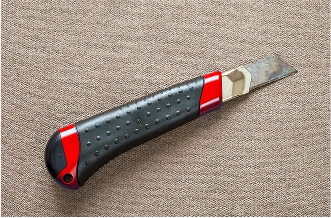
Utility Knife and Straight Edge
Essential for clean, precise cuts on all vinyl types. You'll use these tools to trim planks, tiles, or sheets to fit your space exactly.
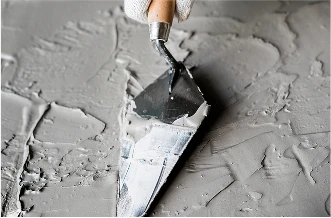
Trowel (for Glue-Down Sheet Vinyl)
If you're installing sheet vinyl with adhesive, a smooth or notched trowel is used to evenly spread glue over the subfloor.
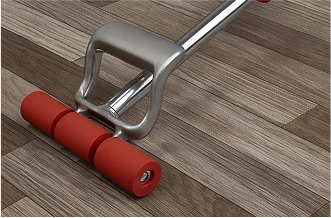
Flooring Roller
Once installed, a heavy roller helps press the vinyl evenly into place - especially important for glue-down jobs to eliminate bubbles and ensure adhesion.
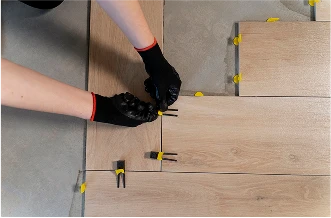
Spacers for Click-Lock Planks
For floating LVP or LVT floors, spacers help maintain proper expansion gaps along the room's perimeter, which is critical for performance and longevity.
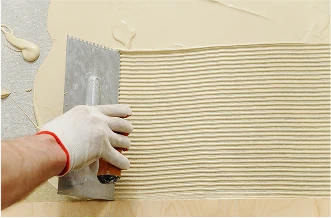
Optional: Adhesive and Notched Trowel
Depending on your vinyl type, you may need specific adhesives and a notched trowel to spread it correctly, particularly in high-moisture or high-traffic areas.
Not sure which format you're working with? Visit our Vinyl Remnants page to browse options and get matched with tools suited to your specific product.

Together, these trim pieces do more than just complete the look - they also protect your investment, improve safety, and ensure your flooring project stands the test of time. Not sure which trim you need for your room layout or remnant type? Bring your measurements or photos to Cranberry Remnant Warehouse, and we'll help you find the right finish.
Laminate Flooring Installation Tools
Laminate remnants are a great choice for fast, budget-friendly installs - especially when they use a click-lock system. To ensure a secure fit and clean finish, you'll need a few specialized tools and materials. Here's what to have on hand:
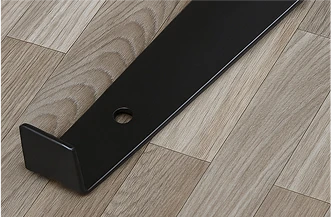
Tapping Block and Pull Bar
These help you gently tap planks into place without damaging the tongue-and-groove edges. A pull bar is especially useful at walls where a tapping block won't fit.
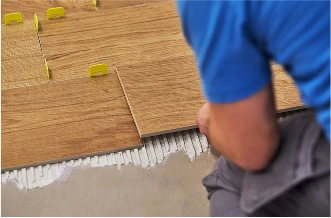
Spacers for Expansion Gaps
Spacers keep the correct distance between your laminate and the wall - allowing the floor to expand and contract without buckling.
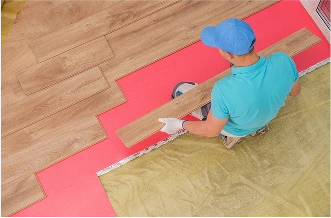
Underlayment (If Required)
Most laminate floors require a foam or vapor-barrier underlayment for sound control, moisture resistance, and cushioning. Some products come with it pre-attached, so check your remnant details.
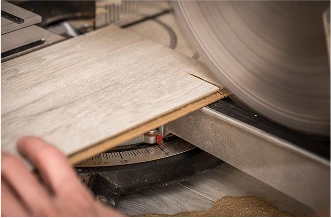
Saw (Manual or Power) for Plank Cuts
You'll need a hand saw, circular saw, or jigsaw to trim planks around corners, vents, and door frames. Always cut with the decorative side up to avoid chipping.

Need help choosing the right laminate and tools for your project? Visit our Laminate Remnants page for in-stock options and installation advice.
Tile Installation Tools
Installing tile remnants – whether ceramic, porcelain, or mosaic – requires precision and the right equipment. The following tools are essential for cutting, laying, and finishing tile flooring or wall applications:
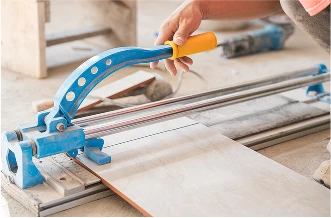
Wet Saw or Tile Cutter
A wet saw is ideal for straight, clean cuts on ceramic and porcelain tile. Manual tile cutters can be used for smaller jobs or softer materials.
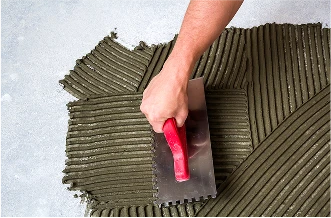
Notched Trowel
This tool is used to evenly spread thinset mortar on your subfloor or wall. The notch size will depend on your tile size – larger tiles typically need deeper notches for better adhesion.
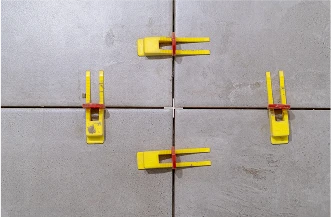
Tile Spacers
These ensure consistent spacing between tiles for a uniform grout line. Use them to maintain straight, even lines as you install.
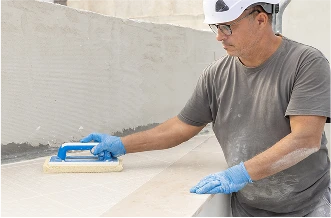
Grout Float and Sponge
A grout float helps you press grout into joints cleanly. A sponge is used to wipe away excess grout and clean the tile surface during and after application.
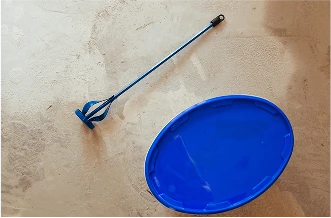
Bucket and Mixing Paddle
Use these to mix thinset mortar and grout to the proper consistency. A paddle attachment for a drill saves time and effort compared to mixing by hand.
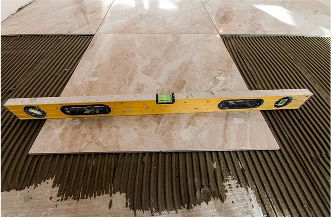
Level
Ensures your tile is being installed evenly and prevents lippage (uneven tile edges). Especially important for large-format or wall applications.

Planning a tile project? Shop our current Tile Remnants for in-stock options and speak with our team for help matching tools and materials to your space.
Hardwood Flooring Installation Tools
Whether you're installing solid hardwood or engineered hardwood remnants, using the right tools is key to achieving a smooth, long-lasting floor. Each installation method – nail-down, glue-down, or floating – requires a specific toolset.
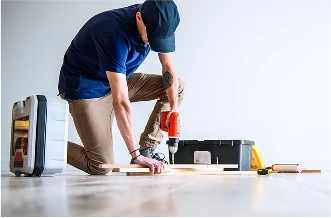
Flooring Nailer or Staple Gun
Used to securely fasten each plank into the subfloor. A pneumatic nailer speeds up installation and reduces effort.
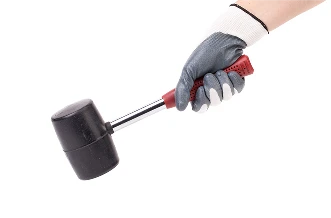
Rubber Mallet
Taps planks into place without damaging the surface. Especially useful for snug fits and aligning boards.
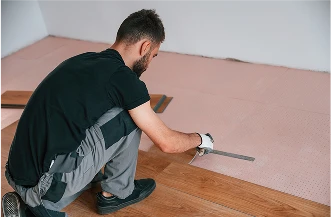
Moisture Barrier or Rosin Paper
Placed between the subfloor and hardwood to prevent moisture transfer and reduce squeaking.
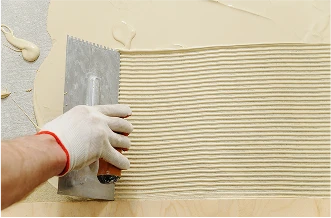
Adhesive and Trowel
Used for glue-down engineered floors. A notched trowel ensures even adhesive application.
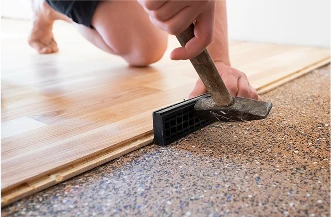
Tapping Block and Pull Bar
Essential for click-lock systems. These help join planks without damaging edges and allow you to fit tight spaces at walls or corners.
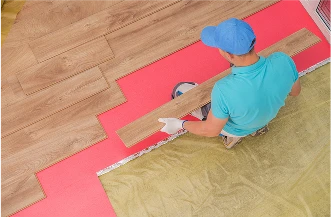
Underlayment
Often needed for floating engineered floors. It adds cushioning, reduces sound, and can act as a vapor barrier.

Before starting your project, browse our Hardwood Remnants to see what's in stock. Our team can help you determine the best tools based on your flooring type and installation method.
Optional but Helpful Tools
While the core tools listed earlier will cover most standard flooring installations, experienced DIYers and contractors often benefit from a few extra tools that make complex tasks easier and results more professional. These aren't always required – but if you're installing in tricky layouts, working with multiple flooring types, or looking to speed things up, these tools can be worth having on hand.
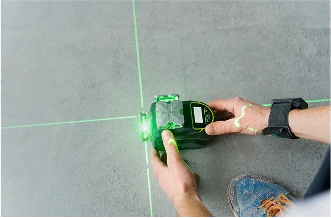
Laser Level
Projects a straight line across long distances, perfect for aligning tile rows or ensuring laminate planks stay straight in large rooms.
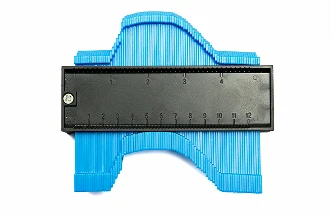
Contour Gauge
Traces around irregular shapes (like door trim or pipes), making it easier to cut flooring to fit complex edges with precision.
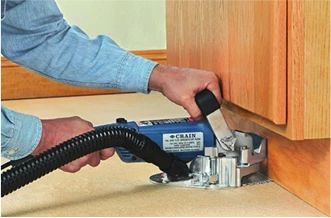
Undercut Saw
Allows you to trim the bottom of door casings so flooring slides underneath for a clean, finished look – especially useful for hardwood, tile, or LVP.
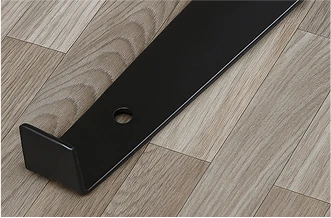
Flooring Puller
Helpful for tightening planks along walls or other hard-to-reach edges where a tapping block won't fit.
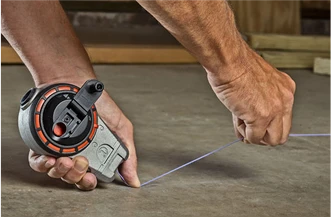
Chalk Line
Snaps long, straight layout lines across the floor – useful for planning tile grids, laying large-format planks, or centering patterns.
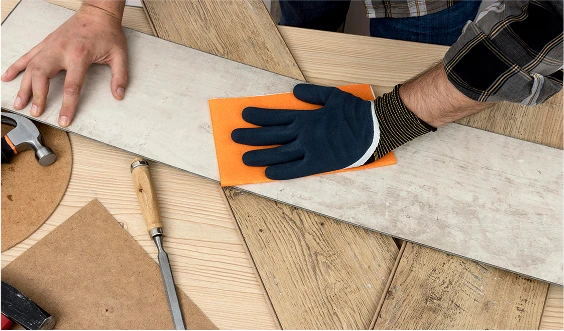
If you're taking on a larger installation, or want a more professional finish, these tools can help improve speed, accuracy, and the final result. Not sure if they're necessary for your project? Stop by Cranberry Remnant Warehouse with your layout and material type – we’ll help you decide what’s worth adding to your toolkit.
Where to Get Help with Tools & Setup
Installing flooring remnants doesn''t have to be overwhelming - especially when you have the right tools and guidance from the start. At Cranberry Remnant Warehouse, we''re here to help you feel confident before you even make your first cut.
Our staff can walk you through tool options for your specific flooring material, whether you're working with carpet, vinyl, tile, laminate, or hardwood. Not sure which installation method makes the most sense? We''ll help you choose based on the condition of your subfloor, the size of your remnant, and how you plan to use the space.
Bring photos of your room, sketches of your layout, or even your measurements - we''ll give you tailored advice on what tools to use and how to set up for a smoother installation.
Need more help getting started? Check out our How to Install Flooring Remnants guide or browse In-Stock Flooring Remnants to find your project's perfect match.

FAQs About Tools for Installing Flooring Remnants
What basic tools do I need to install flooring remnants?
Most installations require a tape measure, utility knife, straight edge, pencil or marker, and basic safety gear like gloves and knee pads.
Do I need different tools for different flooring types?
Yes. Carpet, vinyl, laminate, tile, and hardwood all require specific tools to install properly. See our flooring-specific sections above.
What tools do I need for installing carpet remnants?
You'll need a carpet knife, knee kicker, stretcher, tack strips, seam tape (if joining pieces), and a carpet roller for smoothing.
Can I install vinyl remnants without glue?
Yes - many vinyl planks use click-lock or loose lay formats. However, sheet vinyl typically requires adhesive and a notched trowel.
What's the best tool to cut laminate flooring?
A power saw or hand saw works well. Use a tapping block and pull bar for click-lock installs, and don’t forget spacers for expansion gaps.
Do I need a wet saw for tile installation?
Yes, especially for ceramic or porcelain tile. A wet saw or tile cutter ensures clean cuts and accurate fitting.
What is a notched trowel used for?
It’s used to apply adhesive evenly when installing sheet vinyl, tile, or glue-down hardwood.
Can I rent flooring tools instead of buying?
Yes. Many local hardware stores rent specialty tools like knee kickers, carpet stretchers, or tile saws.
Is underlayment required for laminate or hardwood?
Usually yes — underlayment provides moisture protection, cushioning, and sound dampening. Check the manufacturer’s recommendations.
How do I know which tools I actually need?
Start by identifying the flooring type and installation method. Visit us or explore our How to Install Flooring Remnants guide for step-by-step help.
What's the easiest type of flooring to install myself?
Click-lock vinyl or laminate planks are beginner-friendly and require fewer specialized tools.
How do I handle uneven subfloors?
Use a level to check flatness. In some cases, patching compounds or specific underlayments can help prep the surface.
What safety gear should I use?
Always wear gloves, knee pads, and eye protection. For cutting tile or using adhesives, ensure proper ventilation and use a mask.
Do you sell or recommend tools at Cranberry Remnant Warehouse?
We don't sell tools, but our team can recommend what you need and where to find them. Bring your room details — we’ll help you build your tool list.
Can I get install advice in person?
Absolutely. Stop in with your layout or photos, and we’ll walk you through your install plan, tool recommendations, and next steps.